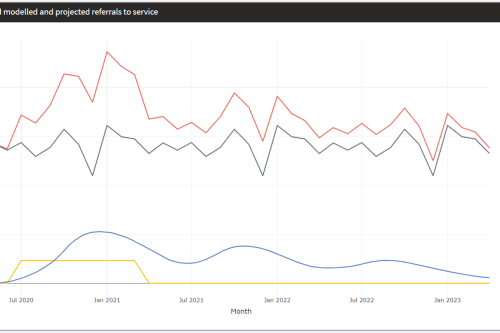Measuring the effect of the coronavirus pandemic on population health
One feature of the pandemic has been the fast-flowing stream of facts and numbers about the impact of Covid-19. At the same time, we’ve had to absorb the meaning of terms that were previously the preserve of epidemiologists and public health professionals.
This has made it hard to see the ‘real’ story. There has been so much information – some of it seemingly contradictory – that, at times, we have all found ourselves struggling to understand why advice has changed or numbers differ.
And now, as we (hopefully) move out of the pandemic itself, there is an important societal and political process of reckoning. In approaching this, the task of explanation will be aided by a solid, factual foundation.
So this report examines some basic questions:
- How many people have died from Covid-19?
- How many more people have died from the wider impact of the pandemic, including policy responses?
- How many years of life have been lost to Covid-19? Were most victims of Covid-19 going to die of other causes within a short timeframe?
- What has been the effect of the pandemic on life expectancy?
We walk carefully and neutrally through these questions, using data to help provide answers. In each case, we explain the strengths and limitations of the different sources of data, and how choice of methods might lead to different results, before implementing a set of public health and actuarial techniques to deliver a rounded assessment of the pandemic’s effect on population health.
Initiated as part of the Analytical Collaboration, this report is our contribution to establishing a solid, empirical basis for learning from the pandemic:
Online version of the report can be found here.
Acknowledgements and sharing our code
We would like to express our thanks to Joanne Buckle FIA (Principal and Consulting Actuary at Milliman, London) and Charles Tallack (Assistant Director for the REAL Centre at the Health Foundation) for providing feedback on an earlier version of this report.
As part of our commitment to open science and reproducible research all the statistical code required to run the analyses and reproduce the report can be found on our GitHub page.
CC BY-NC-ND 4.0

This work is licensed under a Creative Commons Attribution-NonCommercial-NoDerivatives 4.0 International License.


